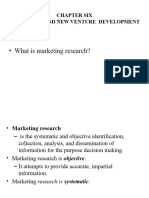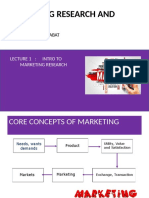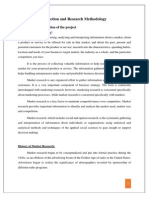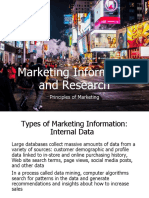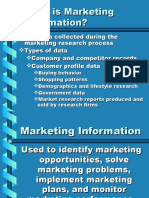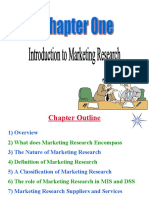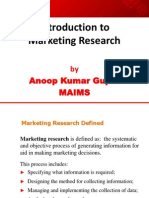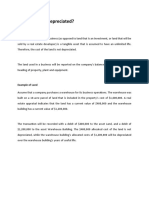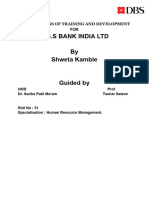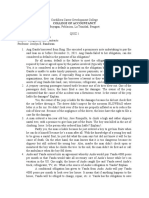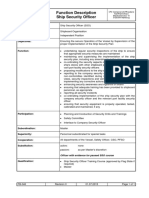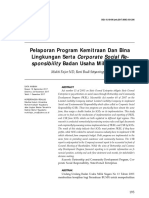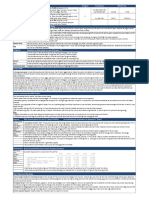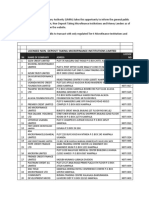0% found this document useful (0 votes)
10 views11 pagesModule - 3 Event
Market research is a systematic process for gathering and analyzing data to inform marketing decisions, helping businesses identify their target market and understand customer needs. The research process involves defining problems, designing studies, and analyzing data to support strategic planning and decision-making. Effective market analysis and competitive evaluation are crucial for businesses to adapt to consumer demands and optimize their marketing strategies.
Uploaded by
vivek khambraCopyright
© © All Rights Reserved
We take content rights seriously. If you suspect this is your content, claim it here.
Available Formats
Download as DOCX, PDF, TXT or read online on Scribd
0% found this document useful (0 votes)
10 views11 pagesModule - 3 Event
Market research is a systematic process for gathering and analyzing data to inform marketing decisions, helping businesses identify their target market and understand customer needs. The research process involves defining problems, designing studies, and analyzing data to support strategic planning and decision-making. Effective market analysis and competitive evaluation are crucial for businesses to adapt to consumer demands and optimize their marketing strategies.
Uploaded by
vivek khambraCopyright
© © All Rights Reserved
We take content rights seriously. If you suspect this is your content, claim it here.
Available Formats
Download as DOCX, PDF, TXT or read online on Scribd
/ 11




